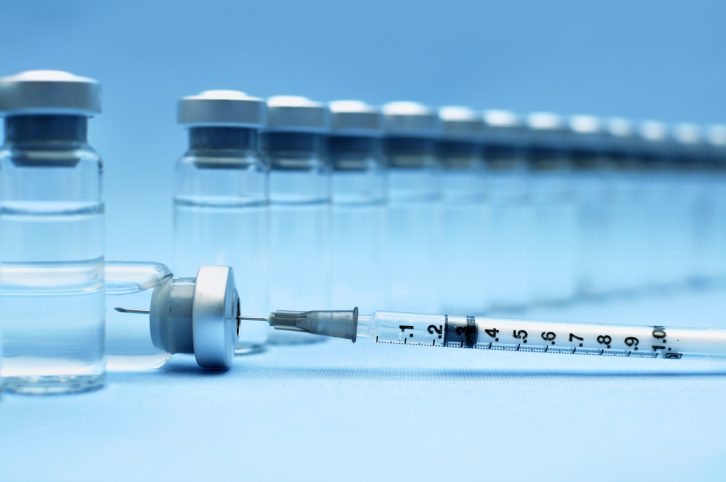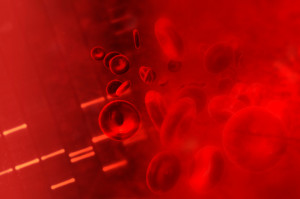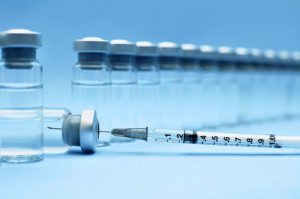What do your blood test results really mean?

 It is important for runners to describe to their doctor the type and amount of training that they’re doing. The normal range for athletes, especially endurance ones, can well more than most. If you’ve ever had a doctor exclaim about your low resting heart rate, telling them you’re training for a marathon might wipe that look of confusion off of their face.
It is important for runners to describe to their doctor the type and amount of training that they’re doing. The normal range for athletes, especially endurance ones, can well more than most. If you’ve ever had a doctor exclaim about your low resting heart rate, telling them you’re training for a marathon might wipe that look of confusion off of their face.
If your doctor has prescribed a blood test, plan your day so you’re not getting stuck with the needle after a workout. Levels that your doctor may want an accurate reading of can be altered shortly after exercise.
White blood cells (WBC)
White blood cells are called leukocytes and are critical part of the body’s immune system. If you have an infection, or an allergic reaction, the number of WBCs in your blood increases.
Red blood cells are responsible for transporting oxygen throughout the body. They remove the carbon-dioxide and take it to your lungs for exhalation. RBCs are manufactured in bone marrow. A high RBC count may be caused by dehydration, kidney problems or a heart condition. A low RBC count may mean anemia, nutritional deficiency, bone marrow problems or kidney issues.
Hematocrit, hemoglobin, mean corpuscular value (MCV), mean corpuscular hemoglobin (MCH)
These categories are listed under your RBC values. They’re more in-depth evaluation of your RBC function. Hematocrit results show how much blood volume is taken up by RBCs, which then helps to determine whether you have too many or too few. Hemoglobin is the protein within RBCs. Hemoglobin levels indicate how well your organs and tissues are receiving oxygen. Red blood cells are sometimes referred to as corpuscles. MCV is the average size of your RBCs, while MCH is the average level of hemoglobin in RBCs.
Many runners will experience lower-than-normal hemoglobin and hematocrit levels as a side effect to increased plasma volume during rest (a training adaptation). Many runners will f ind themselves around 0.5g/dl lower than normal in hemoglobin levels, while elites may be up to 1.0g/dl below normal. This is known as “pseudoanemia,” which means that there isn’t an underlying problem, as levels are likely return to normal with a few days of rest.
ind themselves around 0.5g/dl lower than normal in hemoglobin levels, while elites may be up to 1.0g/dl below normal. This is known as “pseudoanemia,” which means that there isn’t an underlying problem, as levels are likely return to normal with a few days of rest.
Ferritin
Ferritin is the protein that stores iron. This is why it is possible to have normal hemoglobin levels, but low ferritin levels. This means your body is still transporting oxygen but you don’t have back-up iron to rely on.
Runners with low ferritin levels but normal hemoglobin levels should be on alert for anemia symptoms. Increasing one’s intake of iron rich foods is also a good idea in this situation.
 Platelets and mean platelet values (MPVs)
Platelets and mean platelet values (MPVs)
Platelets are blood cell fragments responsible for blood clotting. If your platelet count is low, you could be at risk of excessive bleeding. If too high, you may be at risk of blood clots.
Vitamin B12
Vitamin B12 is not manufactured by your body itself, but rather consumed through food. It is essential to the manufacturing of red blood cells and also helps make your DNA. Pernicious anemia, is due to a B12 deficiency. Since B12 is only found in animal products, runners who are vegetarian or vegan should be vigilant about watching their levels.



